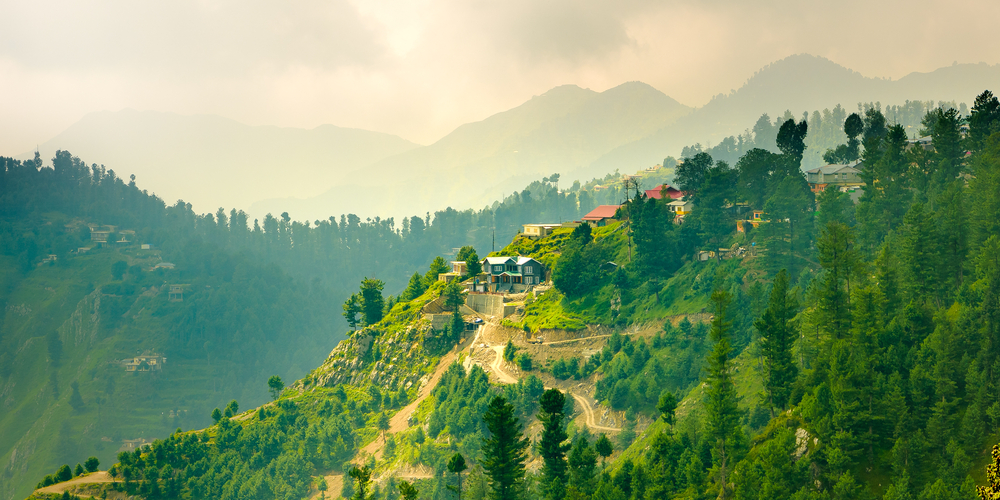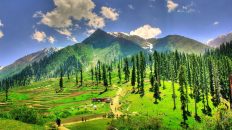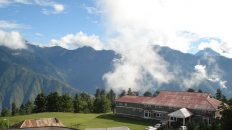Ayubia National Park is a small national park in the Murree hills. The initial area of the park was 1684 ha, expanded through a northern extension in 1998 to make a total of 3312 ha. The park supports one of the best remaining examples of moist Himalayan temperate forest in Pakistan and is surrounded by seven major villages and three small towns (Nathiagali, Ayubia and Khanspur). The national park consists entirely of reserve forests, which spill out of the park area on the west and south sides. The scenery is superb with huge pine forests covering the hills and providing shelter to the larger and smaller mammals. Ayubia National Park is a major recreation area visited by large numbers of local tourists, mostly from Islamabad and Abottabad. No official figures are available, but local estimates suggest that there are about 100,000 visitors per year.
Wildlife:
This park provides refuge to the elusive leopard and the black bear. Bird watching is excellent here. Some of the bird species pass through the park on migration. The population of the Koklass Pheasant and the rare Kalij Pheasant are the highest known for Pakistan. Only 30 individuals of the Kalij Pheasant are known to exist in the park.
Mammals:
Mammals in the park include Asiatic leopard, Black bear, Yellow throated marten, Kashmir hill fox, Red Flying squirrel, Himalayan palm civet, Masked civet and Rhesus Macaque.
Birds:
Birds in the park are Golden eagle, Himalayan Griffon vulture, Honey buzzard, Peregrine falcon, Kestrel, Indian sparrow hawk, Hill pigeon, Spotted dove and Collared dove.






